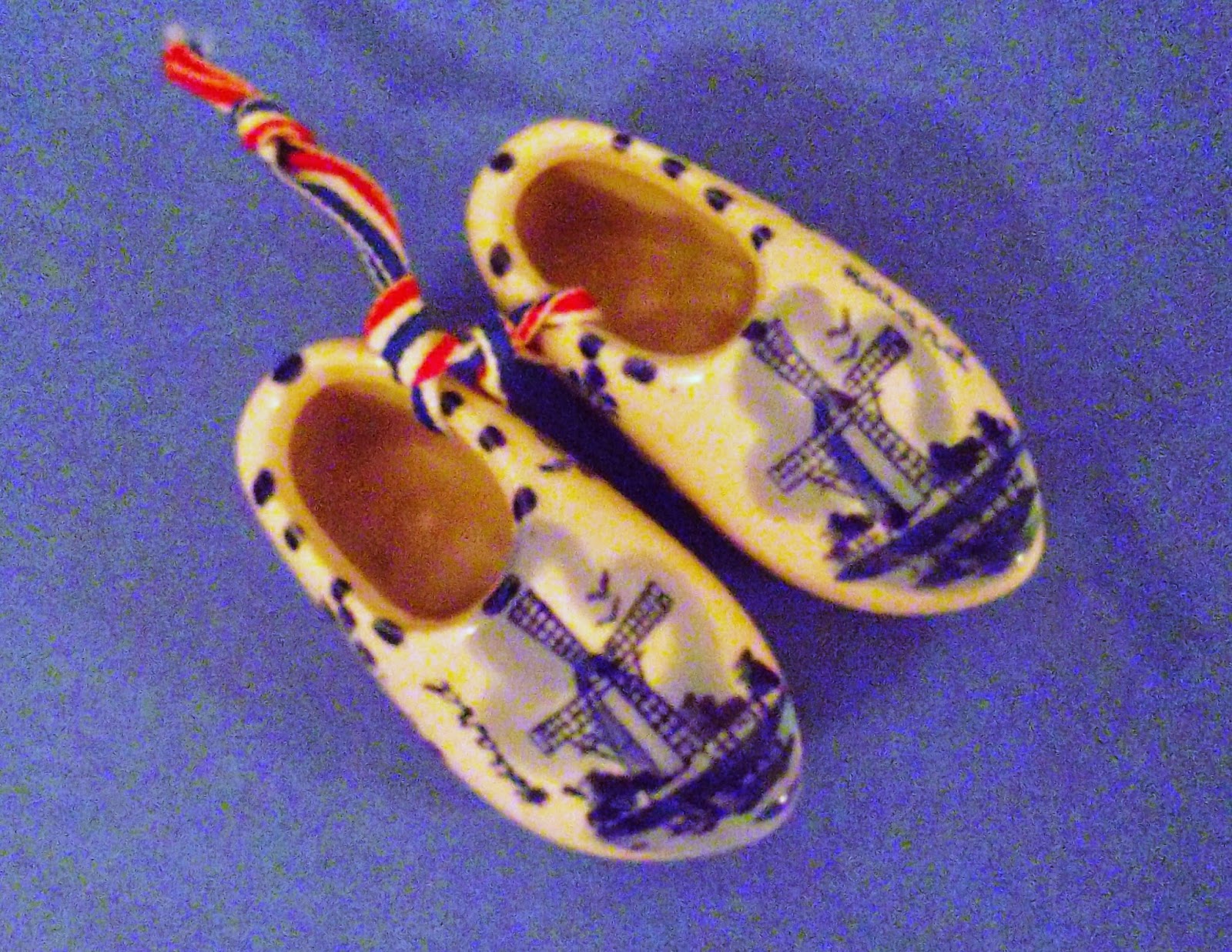 |
| Queen of the Household - Title Page |
- Clam or Oyster Soup
- Celery
- Baked Fish with Hollandaise Sauce
- Roast Turkey with Oyster Dressing
- Roast Duck with Onion Sauce
- Baked Potatoes and Sweet Potatoes
- Baked Squash
- Mashed Turnips
- Canned Corn (This was a surprise; presumably home-canned.)
- Stewed Tomatoes
- Graham Bread; Rolls
- Salmon or other Salad
- Plum Pudding
- Peach Pie
- Fruit and Nuts
- Coffee and Chocolate
 |
| Queen of the Household - Frontispiece |
Our modern hosts and hostesses may typically simplify this menu to perhaps serve only the following: turkey with dressing, baked potatoes and sweet potatoes, squash or another favorite vegetable, dinner rolls, a green salad, and a pumpkin or mincemeat pie, followed by coffee or tea.
Perhaps next year, if I am ambitious, I'll try out the recipe for plum pudding as a surprise treat for my family:
Christmas Plum Pudding:
"Shred finely 3/4 pound beef suet, and add to it a pinch of salt, 1 1/2 pounds bread crumbs, 1/2 pound flour, 3/4 pound raisins, 3/4 pound currants, picked and dried, 2 ounces candied lemon and citron together, and 1/2 a large nutmeg; mix these thoroughly, then add 4 eggs and milk enough to moisten it, but not too much or the pudding will be heavy; tie in a pudding-cloth, well floured, and boil for 5 or 6 hours [!]; or, we think better when boiled in a mold, which should be well buttered before the mixture is put in. The mold should not be quite full, and should be covered with 1 or 2 folds of paper, buttered and floured, and then with a floured pudding-cloth."
I find it curious that in five different recipes for "plum pudding," none of the recipes actually includes plums. They list other fruits, such as tart apples, raisins, currants, and citron. Some also include nutmeg, brandy or sherry, and as in the Christmas Plum Pudding, chopped beef suet.
As I wondered about why a "plum pudding" would not contain plums, I checked the definition of "plum" in my American Heritage Dictionary, and found a less-well-known meaning: "A raisin, when added to a pudding or cake." That answered my question about "why no plums in a plum pudding."
Rather than attempt such an elaborate dessert for my next holiday dinner, I might try a simpler recipe from Grandma Nan's cookbook: Poor Man's Pudding -- "Take 1 quart milk, 6 eggs, 6 tablespoons flour, and a little salt; bake 1/2 hour; use butter and sugar dip." Or better yet - an instant chocolate pudding from the supermarket . . . !



